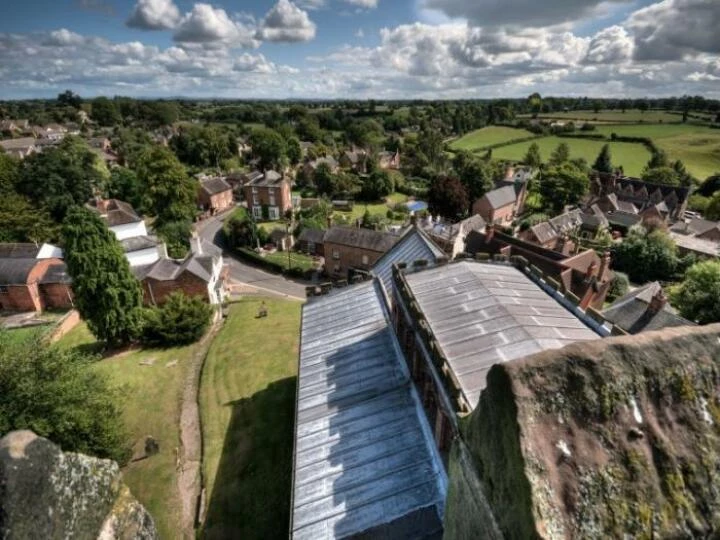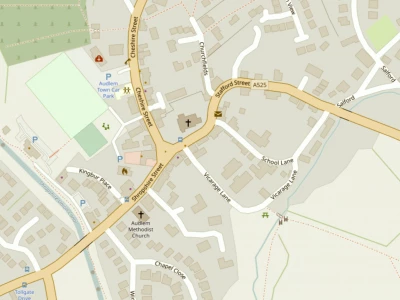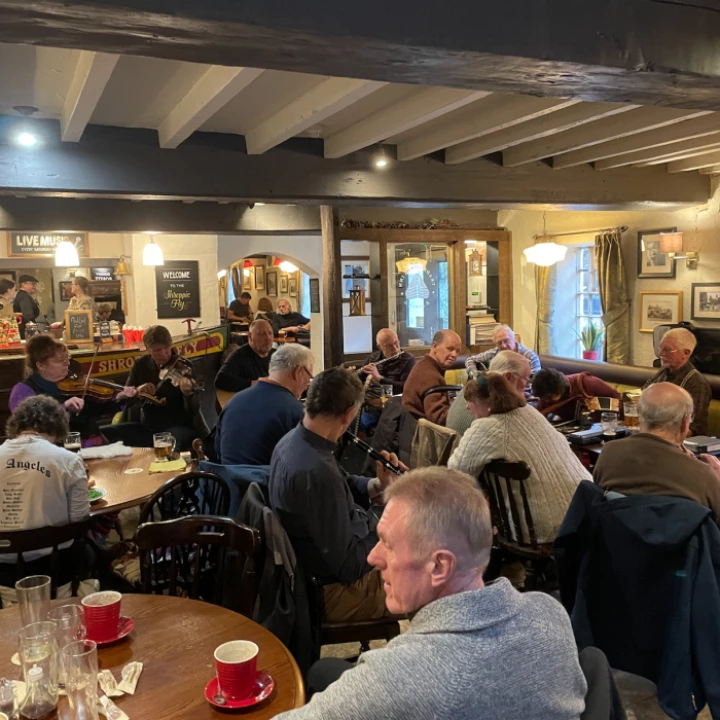

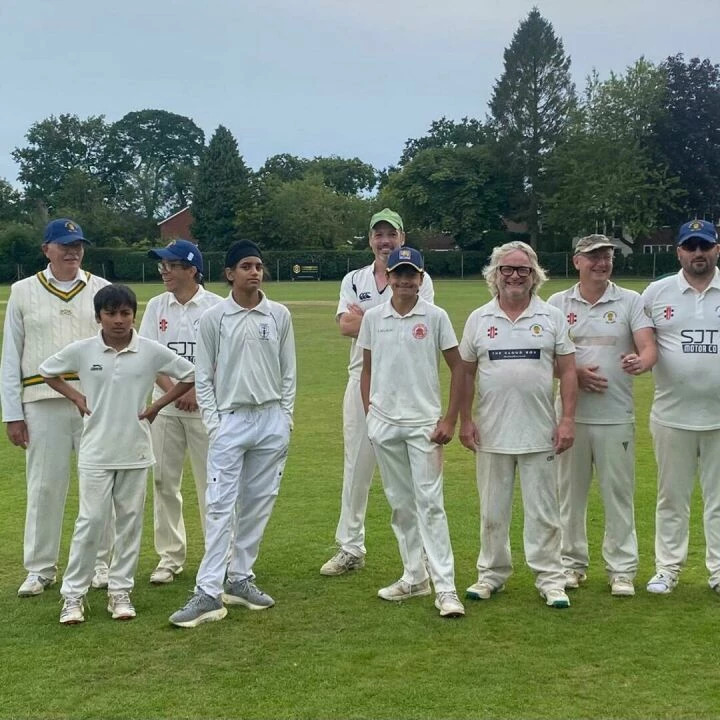

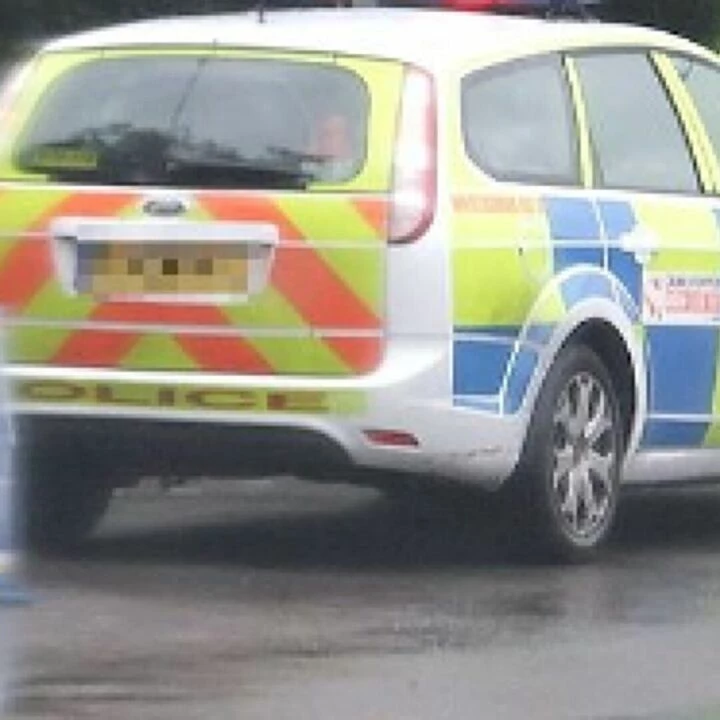
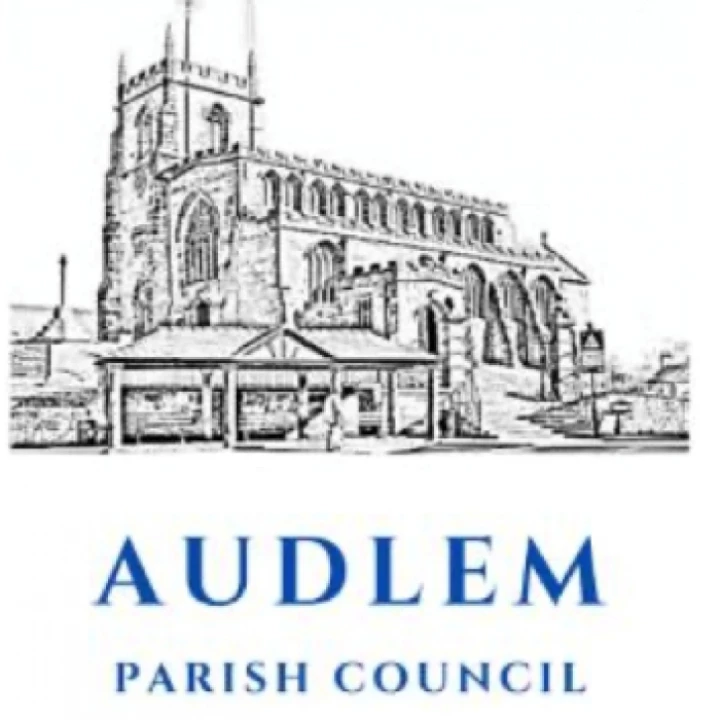


The world's first traffic lights were designed John Peake Knight, a railway signalling engineer. They were introduced on 109th december 1868 at Parliament Square in London.
Knight's design used a semaphore system where an arm was either in a horizontal position or at an angle. The semaphore method would be used during the day and, at night, red and green lights, powered by gas, were used. Policemen stood next to the signals all day, and night, in order to operate them.
It was an immediate success. Knight confidently predicted more signals would appear in the centre of London.
Sadly a month into the project disaster struck. One evening a leaky gas mains resulted in one of the traffic lights exploding in the face of the policeman who was operating them. He was badly burnt.
The project which had been enthusiastically greeted up until then was immediately dropped.
It took 40 years for traffic lights to reappear, with the introduction of mass electrification in America. London's first electric traffic light was installed somewhat later in 1926 on the corner of St James's Street, Piccadilly.
Again, police were stationed next to the lights at all times, this time to ensure drivers obeyed the new signals.
How tall is a modern day UK traffic light?
Find out here...
The current standard three-light LED 'ELV Helios' head unit, manufactured by Siemens, is 1116 mm tall by 468 mm wide, weighs 15kg and , in standard pole fitment, be mounted so that its bottom edge is no less than 2.1m from the ground, or a recommended 2.3m if cycles are likely to be present. The maximum standard height is 4m at the centre line of the amber light.
This article is from our news archive. As a result pictures or videos originally associated with it may have been removed and some of the content may no longer be accurate or relevant.
Get In Touch
AudlemOnline is powered by our active community.
Please send us your news and views using the button below:
Email: editor@audlem.org

